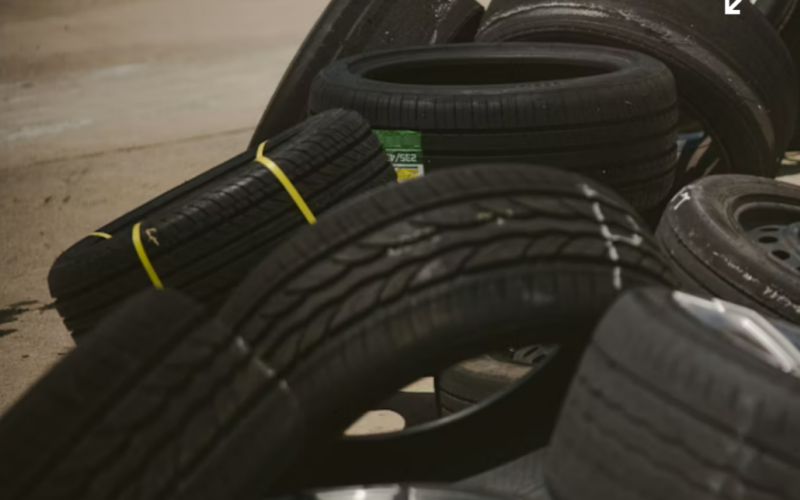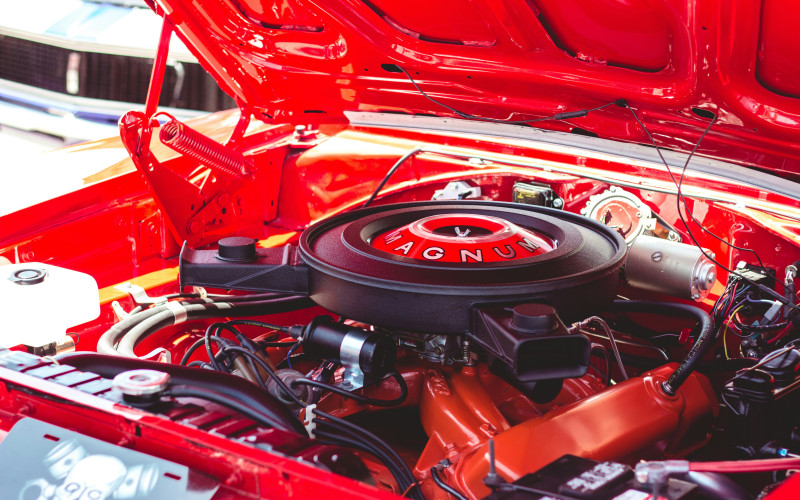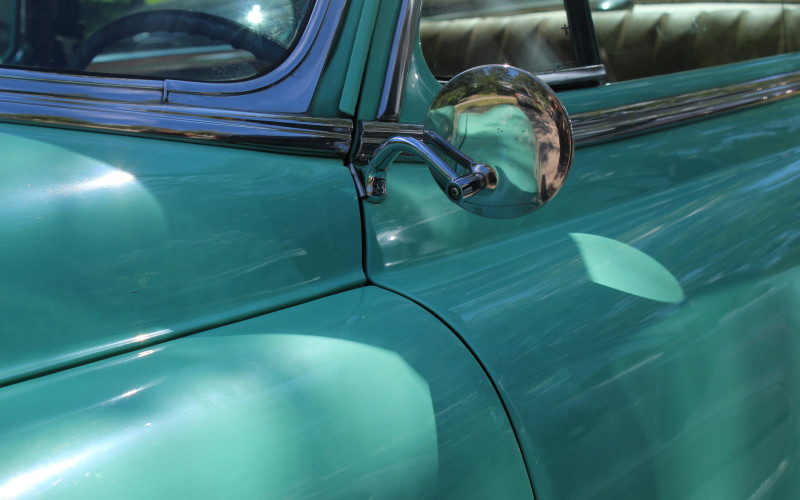How to Prepare Car for Painting
Nothing beats a freshly painted car that shines in the sun like a mirror. Getting a flawless, glass-like shine isn’t only about a new coat of paint. Many car owners feel let down when their newly painted car doesn’t have a deep, shiny gloss. Follow the proper steps; it will look like it came from the showroom.
Start with wet sanding, then polish, seal, and maintain it well. If you’ve just repainted your car or plan to, this guide will help you get a smooth, glassy finish.
Gather the Necessary Tools and Materials
Before perfecting your car’s shine, you need the right materials and tools. Skipping this step can lead to uneven results, scratches, or a dull finish. Here’s what you’ll need:
Essentials for Wet Sanding:
- Wet/dry sandpaper (1500, 2000, and 2500 grit)
- A sanding block for even pressure
- Bucket of water with a few drops of car shampoo
Polishing & Buffing Tools:
- Dual-action polisher or rotary buffer
- Polishing pads (foam pads work best)
- Automotive polishing compound for restoring gloss
Sealing & Protection:
- High-quality carnauba wax or paint sealant
- Microfiber towels to prevent scratches
- Applicator pads for even wax distribution
Having these tools ready ensures a smooth, efficient process. Now that you’re prepared let’s move on to the next step!
Assess the Existing Paint and Surface
Check your car's paint condition before you start refinishing. Skipping this step may result in a less-than-perfect finish. Any flaws underneath will show through the final coat.
Check for Imperfections
- Run your hand lightly over the surface—do you feel rough spots or bumps? These could be dirt, dust particles, or even old paint imperfections.
- Look closely for scratches, swirl marks, oxidation, and rust spots. If these aren’t addressed before polishing, they will stand out even more after the final shine.
- Check for orange peel texture (uneven paint with a dimpled effect). This will require wet sanding for a smooth surface.
Test the Paint Thickness
If the car has been repainted before, excessive sanding might thin the layers too much. Use a paint thickness gauge to check how much material you’re working with.
Identify Rust or Peeling Paint
Any rust or flaking paint should be sanded down and treated before proceeding. Applying polish or sealant over rust will only trap moisture and worsen the damage.
Wash and Clean the Car
A clean surface is the foundation of a flawless, glass-like shine. Dirt, grease, or any contaminants on the car can mess up sanding, polishing, and waxing. This can cause a finish that isn’t perfect. That’s why a thorough wash is a non-negotiable step before moving forward.
Start by rinsing the car with clean water to remove loose dirt and debris. Use a good, pH-balanced car shampoo. Gently scrub the surface with a microfiber wash mitt. Avoid household detergents, as they can strip away protective coatings. Work in sections, washing from top to bottom to prevent dirt from spreading.
Once the car is fully washed, rinse it thoroughly and dry it using a soft microfiber towel or a car dryer. For extra safety, use a clay bar and lubricant spray. Glide it over the surface for a smooth finish. Then, you can move on to the next steps.
A spotless car surface ensures that sanding and polishing yield the best results.
Remove Old Paint and Rust
You must start with a flawless base for a smooth, mirror-like finish. That means removing any old, peeling paint and rust before moving forward. Skipping this step can cause uneven results.
Look for spots where the paint is chipping, cracking, or bubbling. These show that the old paint is not working well and needs to be removed. If your car has several layers of old paint, you might need a chemical paint stripper. A dual-action sander with 80- to 120-grit sandpaper can also help remove it. Work carefully in sections, ensuring an even removal without damaging the metal underneath.
If the rust has gone deep into the metal, you might need to use a rust converter or replace the damaged panel.
After you remove the old paint and rust, use a wax and grease remover. This will get rid of any leftover residue. Now, your car is ready for sanding and priming—the next crucial steps!
Sanding, Smoothing, Taping, and Applying Primer
Now that the old paint and rust are removed, it’s time to create a perfectly smooth surface for the new paint. Start with 320- to 600-grit sandpaper, working in circular motions for even smoothing. If sanding down to bare metal, use a self-etching primer to prevent corrosion.
After smoothing the surface, wipe it with a wax and grease remover. Cover areas that shouldn’t be painted with automotive masking tape and plastic sheeting.
Apply two to three even coats of primer. Let each layer dry completely. Then, sand it lightly with 600- to 800-grit sandpaper.
Final Inspection
Before moving on to painting, a thorough final inspection ensures your hard work pays off. Minor flaws like dust, uneven sanding, or residue can ruin the final paint job.
Start by running your hand over the surface to feel for any rough spots or inconsistencies. If you notice uneven areas, lightly sand them again using 600- to 800-grit sandpaper. Check the whole car in bright light. Use a workshop light from different angles to spot any hidden flaws.
Next, wipe the car with a tack cloth and wax/grease remover. Double-check masked-off areas to ensure clean lines and no overspray risks.
Once everything checks out, your car is officially ready for painting!
Choose D&C Classic Garage Car Painting Services for the Car
Achieving a flawless, glass-like finish requires expertise, precision, and high-quality materials. For great results without the fuss, choose D&C Classic Garage for expert car painting services.
Contact D&C Classic Garage today and let us bring your car’s shine to the next level!
FREQUENTLY ASKED QUESTIONS
How long does it typically take to prepare a car for painting?
The time required depends on the condition of the car and the level of prep work needed. Preaching a vehicle for paint can take a few days to a week. Rushing this process can lead to a poor finish, so it’s best to take your time to ensure a smooth, professional result.
Can I skip the primer step and go straight to painting?
No, skipping primer is a bad idea. Primer helps the paint stick well, stops corrosion, and gives a smooth finish. The paint may peel, chip, or look uneven over time without primer. Always apply at least two coats of primer and sand it for the best results.
Can I paint my car without professional equipment?
You can paint your car at home with spray cans or a DIY spray gun. However, the finish won’t be as good as a professional can achieve. A paint booth, a good spray gun, and proper ventilation give you a smoother and more durable finish. It’s best to rely on professional car painting services for a showroom-quality look.
How long should I wait before driving the car after painting?
Fresh paint needs at least 24-48 hours to dry before light handling. However, complete curing can take up to 30 days, depending on the type of paint used. During this time, don't wash or wax the car. Also, please keep it away from extreme conditions to avoid damage.
RELATED POSTS

Every car owner understands that tires are more than just rubber meeting the road—they define performance, safety, comfort, and even style. For classic car owners, the importance of choosing tires goes beyond daily function; it’s about preserving authenticity while ensuring the vehicle drives as smoothly as it looks. The question is, what kind of tires does your car need, and how do you blend vintage looks with modern roadworthiness?

Restoring a classic car is a thrilling experience for any auto enthusiast. Beneath the polished chrome, fresh paint, and roaring engine lies one of the most critical yet often overlooked components—the electrical system. Whether you’re working on a 1950s roadster or a 1970s muscle car, ensuring that the wiring and electrical components are properly restored is key to both function and safety.

Owning a classic car is a dream for many people. Classic cars aren’t just vehicles—they are pieces of history, symbols of style, and a source of pride. Whether it’s a Mustang, Camaro, Corvette, or another timeless model, a classic car represents passion and nostalgia. But with age comes wear and tear. Even the most carefully stored classic cars show signs of needing professional restoration.

Getting body work done and painting your classic or custom car is more than just a line item on a project—it’s a milestone. By the time your vehicle is paint-ready, you’ve likely spent countless hours and invested serious money into making it shine. A high-quality paint job can easily cost thousands, and protecting that investment isn’t optional. With the right care, your classic car’s paint and chrome will turn heads in Reno, Sparks, and beyond, while keeping rust, oxidation, and fading at bay.
